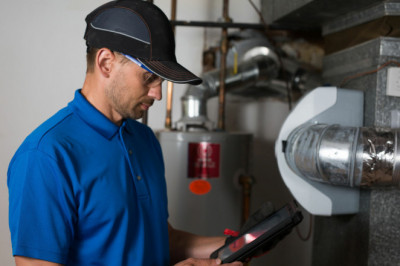views

Principle of Luminex Multiplex Assay
Luminex xMAP technology uses polystyrene microspheres of 5.6 microns in diameter dyed with different ratios of two red-sorting fluorescent dyes to obtain up to 100 fluorescent coded microspheres. Antibody molecules or gene probes for different test items are covalently cross-linked to specific coded microspheres, each of which corresponds to a specific test item. The fluorescent coding microspheres for each test are mixed and then added to the substance or amplification fragment to be tested, and the resulting complex reacts with the labeled fluorescein. The microspheres are driven through the red and green lasers in a single sequence by the flowing sheath solution. The red laser is used to determine the fluorescence code of the microspheres, and the green laser is used to determine the fluorescence intensity of the reporter molecules on the microspheres, resulting in a rapid and accurate quantitative assay.
Luminex xMAP technology organically integrates the latest technological achievements such as fluorescence encoding microsphere technology, laser analysis technology, flow cytometry technology, high-speed digital signal processing technology, and computer algorithms, etc. It has the advantages of free combination, high throughput, high speed, low cost, high accuracy, good reproducibility, high sensitivity, wide linear range, no washing, easy operation, and protein and nucleic acid detection can be done on the same platform.
Application of Luminex Multiplex Assay Technology
n Luminex quantitative cytokine assay
Cytokines are involved in various immune functions, and some cytokines have the same function and regulate the synthesis and secretion of other cytokines. The simultaneous detection of multiple cytokines is beneficial to the comprehensive judgment of the body's immune function and understanding of the immune regulatory mechanism at the molecular level, and is of great significance in the diagnosis of diseases, observation of disease course, judgment of efficacy and monitoring of cytokine therapy.
When multiple cytokines are detected by traditional methods, the required sample size is large, the cost is high, and the detection range of ELISA is only 1 to 2 orders of magnitude. The luminex xMAP technology can detect multiple molecules in the same sample at the same time, and it is specific, rapid, flexible and reproducible, with a detection range of 3-4 orders of magnitude and a detection sensitivity far better than ELISA. Therefore, the quantitative detection of cytokines has become one of the most active and widely used areas of luminex xMAP technology.
n Tumor marker analysis
The development of tumor is a multifactorial, multi-stage, and complex process of accumulation of multiple genetic variants. The Luminex multiplex assay's superior high-throughput performance is well suited to the needs of clinical tumor marker detection.
Different fluorescence-encoded microspheres are covalently cross-linked with antibodies against different tumor markers. These microspheres with antibodies are mixed, added to serum and bound to the corresponding antigens in the serum, and then the fluorescent antibodies bind to the antigens. Finally, two laser beams are used to detect the microsphere coding and fluorescence signals respectively, which enables the combined detection of multiple tumor markers.
Creative Proteomics can provide you with a one-stop solution to detect and quantify cytokines through Luminex multiplex assay.
References
Koudriavtseva, T., Stefanile, A., et al. (2020). Coagulation/complement activation and cerebral hypoperfusion in relapsing-remitting multiple sclerosis. Frontiers in Immunology, 11, 2338.












